Update December 19, 2023: The original blog post stated that the North American Charging Standard was not a true industry standard. On December 18th, SAE, the professional engineering organization that develops industry standards, published its technical information report (TIR) for the J3400 charging connector, also known as the North American Charging Standard (NACS). This is an important first step in the process of adopting the connector as an approved industry standard. This comes after many electric vehicle manufacturers and charging station manufacturers announced their intentions to adopt the NACS connector. Still, the FHWA requires that four CCS chargers be included in the construction of NEVI-funded charging stations. The FHWA is expected to open a request for information soliciting input on the market readiness of the NACS as they consider updating federal funding requirements.
Late last year, Tesla released the specs and design for its charging connector, inviting charging network operators and other vehicle manufacturers to adopt the technology. While NACS is still a proprietary technology, the recent announcements from Ford and GM show that the industry is embracing NACS, bringing it one step closer to being the de facto charging standard in the North American EV industry.
Together, Tesla, Ford, and GM represented more than 75% of electric vehicle sales in the United States in 2022, selling more than 577,000 vehicles. Consequently, the adoption of Tesla’s NACS charger by these two prominent automakers will have significant implications in the EV industry:
- Interoperability and Convenience: By aligning with Tesla’s charging standard, Ford and GM will provide their customers with access to Tesla’s extensive Supercharger network. Tesla currently boasts the largest DCFC network in the country, accounting for 58% of all fast chargers currently installed. Access to this network enhances convenience for EV drivers and reduces range anxiety by expanding charging options.
- Streamlined Charging Infrastructure: Standardizing on a single charging network promotes the streamlining of charging infrastructure. Collaboration between these automakers will likely lead to increased investments in the expansion of the NACS charging network. Ford and GM customers will have access to the Tesla Supercharger network starting in 2024 with adapters and then beginning in 2025, Ford and GM will manufacture their vehicles with NACS inlets.
- Market Confidence and Accelerated EV Adoption: Tesla’s Superchargers are well regarded for their expansive coverage and reliability. Moving to allow non-Tesla vehicles to charge at their network signals a unification within the industry and instills greater market confidence in electric mobility by providing consumers with greater access to public charging.
While the adoption of the NACS has the potential to benefit the EV industry, the transition will come with a unique set of challenges. In particular, this movement in the industry poses an interesting challenge to the existing requirements of the National Electric Vehicle Infrastructure (NEVI) funding, which currently requires the use of Combined Charging System (CCS) plugs. While the current regulations do not prohibit the construction of NACS-capable chargers, they are not allowed to be used in place of the four required CCS ports. Additionally, if other automakers choose not to adopt NACS, the EV industry may continue to face the challenge of competing charging standards. This could result in unnecessary fragmentation and confusion for EV owners as different vehicles would require different charging connectors and infrastructure.
Fortunately, this is not the first time the industry has had to navigate a shift in charging hardware. Previously, the industry faced a similar division between the CCS plug and the CHAdeMO plug, which was largely preferred by Asian auto manufacturers. Although Nissan became the last automaker to phase out the use of the CHAdeMO inlet in its vehicles in 2020, the plug can still be found at many public charging stations.
With Rivian recently announcing its intention to adopt NACS in 2024, it is clear that Tesla’s charging connector will continue to be an essential part of EV charging infrastructure in North America. The acceptance of NACS by major automakers lays the groundwork for a potential charging standard in North America. Collaboration among industry leaders to establish such a standard will further drive down costs, encourage innovation, and provide a seamless charging experience for all EV owners.

